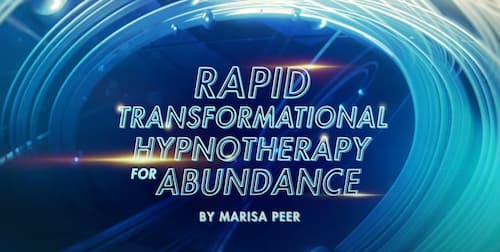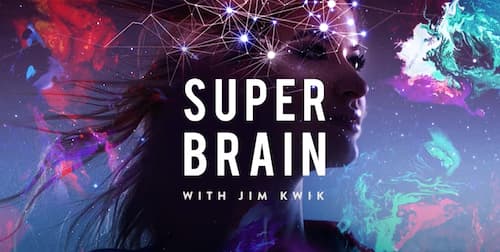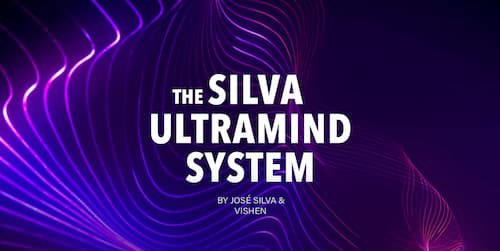Information is not power. Knowledge is power, and learning is a superpower.
– Jim Kwik
Have you ever read something only to have it immediately disappear from your mind as if it literally went in one ear and out the other?
Before you indulge in any kind of mental or moral self-flagellation, let me tell you there’s nothing wrong with you.
This forgetfulness has everything to do with the “general forgetting curve” that implies that
We completely forget 80% of what we read in just 48 hours.
The term was coined by German psychologist, Hermann Ebbinghaus, who wanted to understand why we forget things and how to prevent them. Although his research dates back to the 1880s, his theories still hold true today. And what he discovered was that the most significant drop in retention occurs soon after learning if it’s not reviewed and reinforced.
Now that we know why learned information fades so quickly, not only can we learn how to read and learn better but also how to do it FAST.
The F.A.S.T. Method
Many people still believe that information is power. But if we tend to forget this information so fast, it becomes useless unless we retain it by turning it into knowledge.
Globally celebrated brain expert, Jim Kwik believes that knowledge is only a potential power as it becomes power when you use and apply it. He explains that whatever you learn, there are four keys that you can apply to read and learn it faster.
He calls these four keys the FAST method. It’s a universal tool that can help you not only read and process information faster but also retain it and use it.

‘F’ stands for forget
Imagine a parachute – it can fly only when it’s open, so that’s the key to learning. In other words, to double your reading, comprehension, and retention, you need to empty your memory.
Here are 3 things you need to forget
1. Forget what you know about reading and learning
Jim explains that this process of learning is essentially the unlearning of bad habits. The reason that people don’t learn something faster is that they think that they know something about it. And one of the keys to being a faster learner and reader is to start with the beginner’s mind.
So whatever it is that you want to learn, you want to set aside all the background knowledge about the subject and start anew.
2. Forget about situational things
What you resist – persists.
These are all your daily roles, tasks, and to-do lists that pull you in various directions. You don’t learn faster because your mind is somewhere else – your attention and presence are diluted, so if you want to learn faster, you want to focus on important things.
When you read, and your monkey mind kicks in, just write all those thoughts down, and temporarily forget about everything that isn’t urgent and be present. It will help release them and retain your presence.
3. Forget your limitations
If you believe you can or you believe you can’t – either way you are right.
– Henry Ford
Have you ever wondered why such a strong animal like an elephant tied to a rope in the circus never tried to escape?
The reason is that when it was small, it was tied to the same rope, and it wasn’t strong enough to break free. After several attempts, it eventually learned that it’s helpless. Even though it grew into a powerful animal, it can’t breakthrough because it has developed a limited mind.
There’s a term for this ‘learned helplessness’ that stands for what we’ve learned about what we can and cannot do. In the same way, many people have a limiting belief that they aren’t smart enough, and this belief robs you of your own potential.
On top of that, we are underestimating our capacity to learn, remember, and focus.
And this underestimated self-perception becomes a self-fulfilling prophecy because all the behaviors are belief-driven. So the best way to override limiting beliefs is to do something that you never thought possible for yourself.
Jim explains that when you do it once, it has a ripple effect impacting all aspects of your life: your relationships, career, health – you start going beyond your own limitations.

‘A’ stands for active
Your super brain works not by consuming information but by creating and co-creating it.
– Jim Kwik
Reading and learning aren’t spectacular sports. It requires you to be active because what you put in is what you get out of it. When it comes to reading, the key is consistency – you need to read at least 20 minutes a day, and to do it, you want to schedule it. Once you schedule, you tell your mind that it’s an important meeting, so you won’t skip it.
How do you learn actively? Take notes as you read, and ask powerful questions.
‘S’ stands for state
It’s the state of your mind, body, your mood.
Jim explains that all learning is state-dependent, and it’s the key to long-term memory. The good news is that you control your state. He says, “Information combined with emotion becomes long-term memory.”
That’s why most people don’t remember things they learned during school years because most of the time, they felt bored. And boredom is zero emotion. So you want to raise your state by changing your thoughts and moving your body. When you read, ensure that you are focusing on something positive or curious.
Also, by changing your physiology, you change your psychology, so moving your body moves your brain.
‘T’ stands for teach
If you want to learn something better, you want to learn to teach what you’ve learned.
Jim explains that when you learn something with the intention to teach, you get to learn it twice. And if you can teach it, then you can do it. This is how you own the information, and when you own it, you retain it. At the end of the day, wouldn’t you pay better attention to what you’re learning if you had to teach it to someone you love?
So you can keep in mind a person dear to your heart before you read something, and it will improve your focus and attention span.

Double Your Reading Speed: The 1-2-3 Technique
Going back to the FAST method, here’s what you need to unlearn when it comes to your reading habits.
Remember when you were a kid and you would get tired of reading loudly, and you would be told to read silently to yourself? That’s when you internalized the voice and developed this habit of reading to yourself.
It’s called subvocalization. It’s your inner voice that is reading to you that acts as the underlying speech inside your head. And it’s a bad habit that we all picked up when we were kids.
Why is it a bad habit?
If you have to read each word out loud, you can read as fast as you can speak. In other words, your reading speed is limited to your talking speed. But the truth is that you don’t need to pronounce the word to understand its meaning, and fast readers read by sight.
In fact, 95% of the words we read on a regular basis are sight words – we know their meaning by sight without pronouncing them. For example, if you are driving around and see a stop sign on the corner, you understand what that means without saying the word STOP. The sight words include filler words such as punctuation and prepositions.
While you can’t totally eliminate subvocalization, you can reduce it with this technique and accelerate your reading by interrupting your inner voice.
Visual Pacer
Another thing you need to forget is what you’ve been taught in the schooling system not to use your finger while reading. Forget about it, and do just the opposite!
This technique is called a Visual Pacer – it can be any tool such as a pencil, a marker, your finger, or a mouse that you use to underline the words you’re reading. It will make your reading 25-70% faster.
There are solid reasons why the visual pacer does wonders:
- Children use it because it’s the natural and organic way to read until they are taught not to use it.
- Adults naturally use a finger as well because it naturally makes us focus better.
- Your eyes are attracted to motion naturally because it’s a survival skill.
- That’s the neural setup, meaning that some senses are closely linked, such as your sense of sight and your sense of touch, so when you use your finger when you read, you tend to be more in touch with your reading.
How do you read using a visual pacer?
You are underlying the words with a visual pacer without touching the actual page of the book or the screen on your tablet. It’s important that you don’t skip anything but go through every word like you would normally read it. The only difference is that you’re using your finger or pacer going right above the words.
This technique will make your reading 25-70% faster.
To refine this technique, here are some tips:
- Use the whole arm instead of a finger sliding it across the page.
- Keep an upright posture and breathe deep into your lower belly.
- Tilt your book, not your body.
Pacing With Your Left Hand
As your body moves, your brain grooves.
– Jim Kwik
This advanced technique is based on the body-mind connection – when you use certain parts of your body, it stimulates certain parts of your brain.
You see, reading involves mostly the left side of the brain. It’s logical, linear thinking. But if you want to smart read, meaning significantly improve your learning, you want to involve the right side of the brain, which is all about creativity, imagination, and visualization.
By using your left hand as a visual pacer, you stimulate the right side of your brain, creating a coherent state that stimulates your senses and emotions and improves your comprehension.










